Imagine a world where ancient cats, unlike any we see today, prowled wild landscapes with teeth like daggers. Before the iconic saber-toothed tigers took center stage, there was Paramachaerodus—a mysterious feline from millions of years ago. Its story is stitched into the rocks and bones left behind, a whisper of the fierce beauty and raw survival instincts that shaped the cat family as we know it. Let’s step back in time and walk alongside this shadowy ancestor, feeling the pulse of wildness that still beats in every kitten’s heart.
The Dawn of Saber-Toothed Legends

Long before Smilodon, Paramachaerodus prowled the forests and grasslands of Eurasia. This cat wasn’t the largest or fiercest, but it was a trailblazer—one of the very first saber-toothed predators. Its elongated upper canines weren’t quite as exaggerated as the iconic saber-tooth cats that came later, but they hinted at something extraordinary in the making. When you picture this animal, imagine a big cat with a slightly stretched face and those signature, protruding teeth—a creature caught between the past and an awe-inspiring future. The idea that such a cat once walked the earth is both humbling and electrifying. It’s proof that evolution often takes its time, refining each detail until perfection—or extinction—is reached.
From Forest Shadows to Open Plains
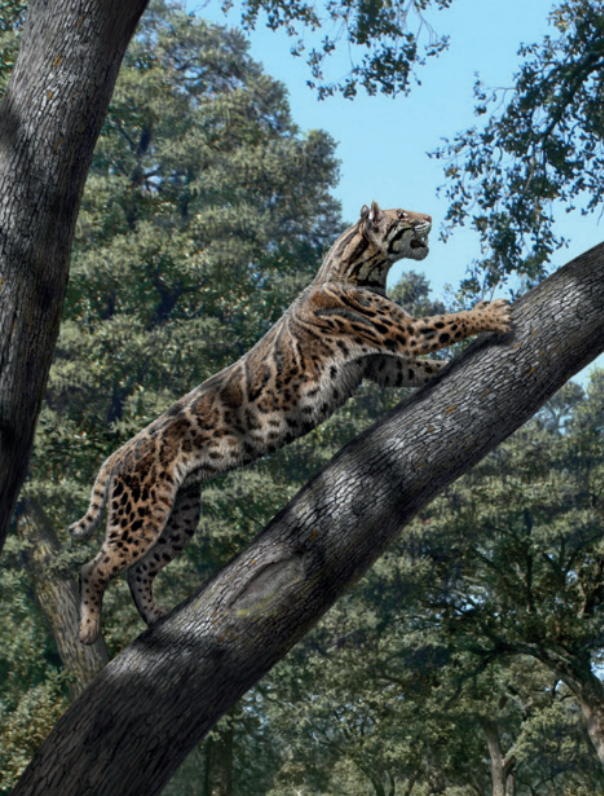
Paramachaerodus lived during the Miocene, a time when Earth’s climate was shifting and new habitats were emerging. These cats adapted beautifully, stalking prey through dense woodlands and, later, venturing out into more open spaces. Their flexibility was their superpower. Imagine a feline that could melt into the shadows of an ancient forest, then sprint across grassy clearings in hot pursuit. That kind of adaptability is rare and precious. It’s a reminder of how every modern cat, from a house kitten to a lion, still carries a spark of that wild, restless spirit—a longing to explore, to chase, to survive against the odds.
The Sabers That Started It All
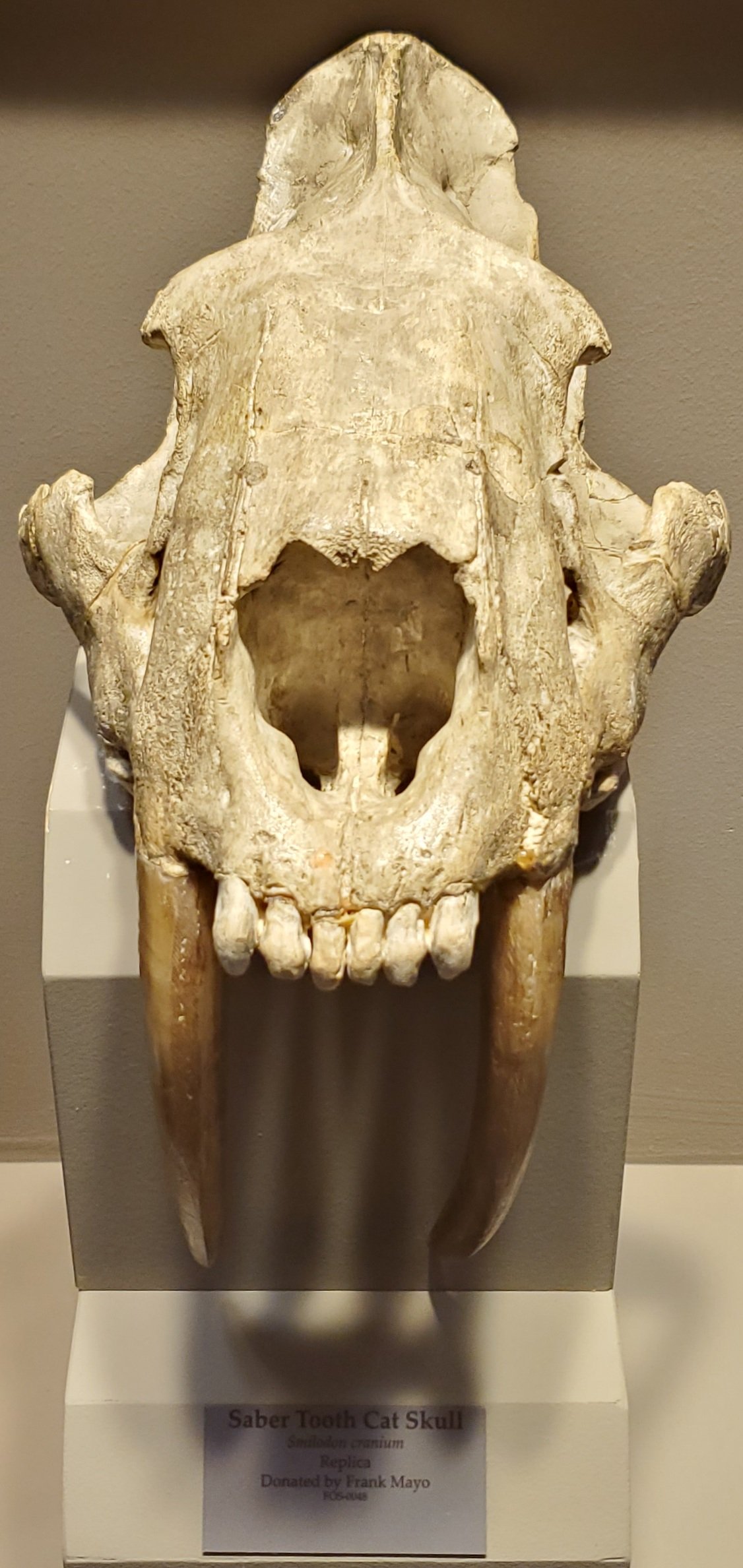
Unlike the cartoonishly long fangs of Smilodon, Paramachaerodus’ saber teeth were shorter and more practical—perfect for a predator learning the ropes. These teeth weren’t just for show. They let this cat tackle larger prey, piercing through thick hides with surprising efficiency. Every time you see a cat yawn and flash its tiny fangs, think of Paramachaerodus: the first to wear those daggers with pride. It’s easy to imagine the awe and fear this creature inspired in its time, the way its saber teeth glittered in the dappled sunlight, a promise of both grace and danger.
A Cat Caught Between Worlds

Paramachaerodus sits at a fascinating crossroads in feline evolution. It wasn’t quite a modern cat, but it wasn’t as specialized as the saber-toothed giants that followed. Instead, it combined traits from both worlds—a nimble body, retractable claws, and those remarkable teeth. Living in a time of change, it represents nature’s willingness to experiment, blending old and new. There’s a certain poetry to that, isn’t there? Every cat we cherish today is the result of ancient experiments, a living tribute to creatures like Paramachaerodus who dared to be different.
The Mystery of Fossil Remains

Piecing together the life of Paramachaerodus is a bit like solving a jigsaw puzzle with half the pieces missing. Fossils found in Spain, France, and Central Asia reveal only glimpses—a jaw here, a tooth there. Yet, even these fragments tell a vivid story. Paleontologists pore over each find, imagining the muscles, fur, and fire that once animated these bones. There’s something deeply moving about holding a shard of ancient tooth, knowing it once belonged to a cat that changed the world. It’s a humbling reminder of how much we still have to learn.
A Family Tree of Fierce Relatives
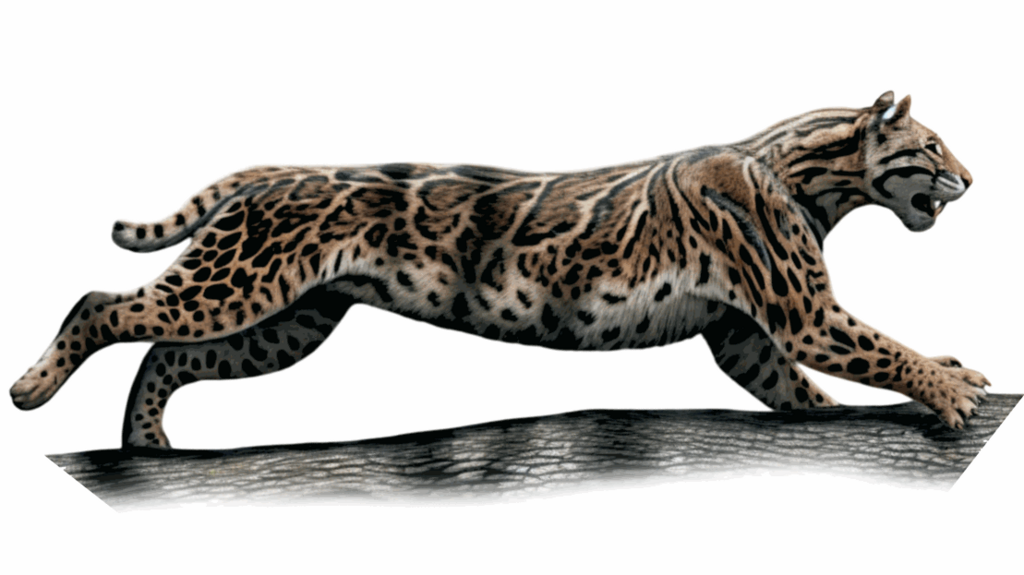
Paramachaerodus is part of an illustrious family—the Machairodontinae, or saber-toothed cats. Its cousins would later include giants like Smilodon and Homotherium, each evolving their own twist on the saber-tooth theme. It’s a tale of family rivalry and innovation, with each new species pushing the boundaries of what a cat could be. When you watch your own cat stretch and yawn, remember: it’s the descendant of a long line of survivors, each one shaped by the challenges of their time. The story of Paramachaerodus is a chapter in that epic saga.
The Art of Adaptation
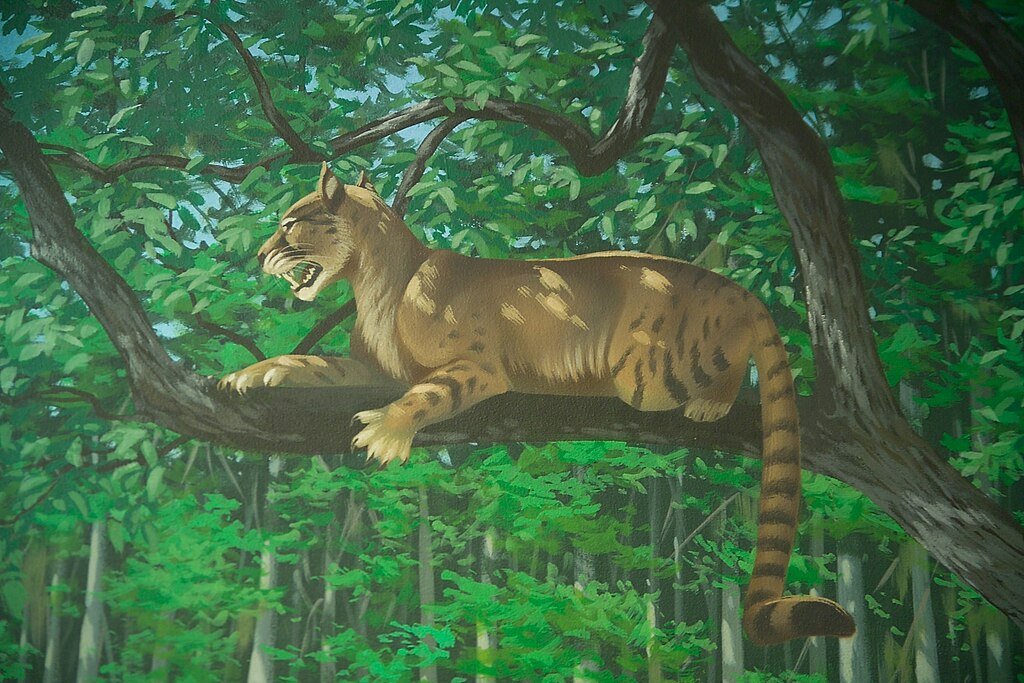
Surviving the Miocene wasn’t easy. Climate shifts, changing prey, and new predators meant that only the most adaptable animals thrived. Paramachaerodus was a master of adaptation, blending the agility of modern cats with new, fearsome weaponry. Its legacy is a lesson in resilience—change isn’t just possible, it’s necessary. In a world that never stands still, the ability to bend without breaking is the greatest strength of all. Next time you see a cat wriggling into a tiny box or leaping from shelf to shelf, you’re seeing adaptation in action—a living tribute to its ancient kin.
Fur, Patterns, and Camouflage
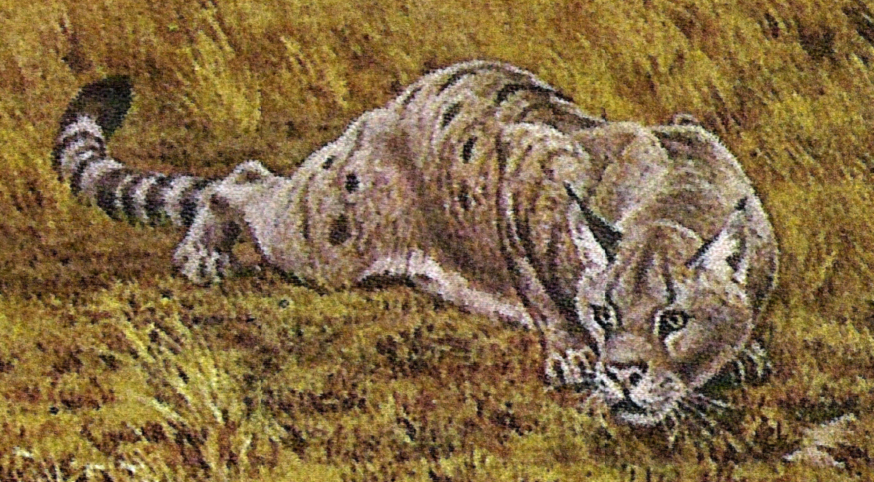
What did Paramachaerodus look like? While no one can say for certain, scientists believe it likely had a coat patterned for camouflage—spots or stripes to blend into the dappled light of ancient forests. This natural artistry helped it avoid danger and sneak up on prey. It’s a trick that cats have never forgotten. Look at a tabby’s swirls or a leopard’s rosettes, and you’ll see echoes of a much older cat, one whose very survival depended on blending in. Camouflage is more than a pretty pattern—it’s a promise of safety, skill, and silent power.
Paramachaerodus and the Prey It Faced
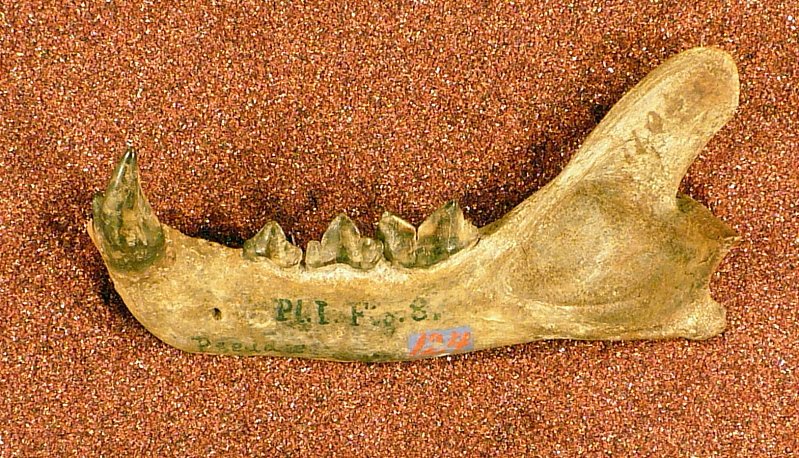
The Miocene was a time of giants—herds of ancient horses, deer, and even rhinoceros relatives roamed the land. For Paramachaerodus, these creatures were both challenge and opportunity. Hunting prey much larger than itself required courage, teamwork, and cunning. Each successful hunt was a victory snatched from the jaws of danger. There’s something thrilling about imagining these epic battles, the clash of tooth and hoof in the wild dawn of cat evolution. It’s a reminder that every meal was hard-won, every life a story of grit and determination.
The Secret Life of Solitary Hunters
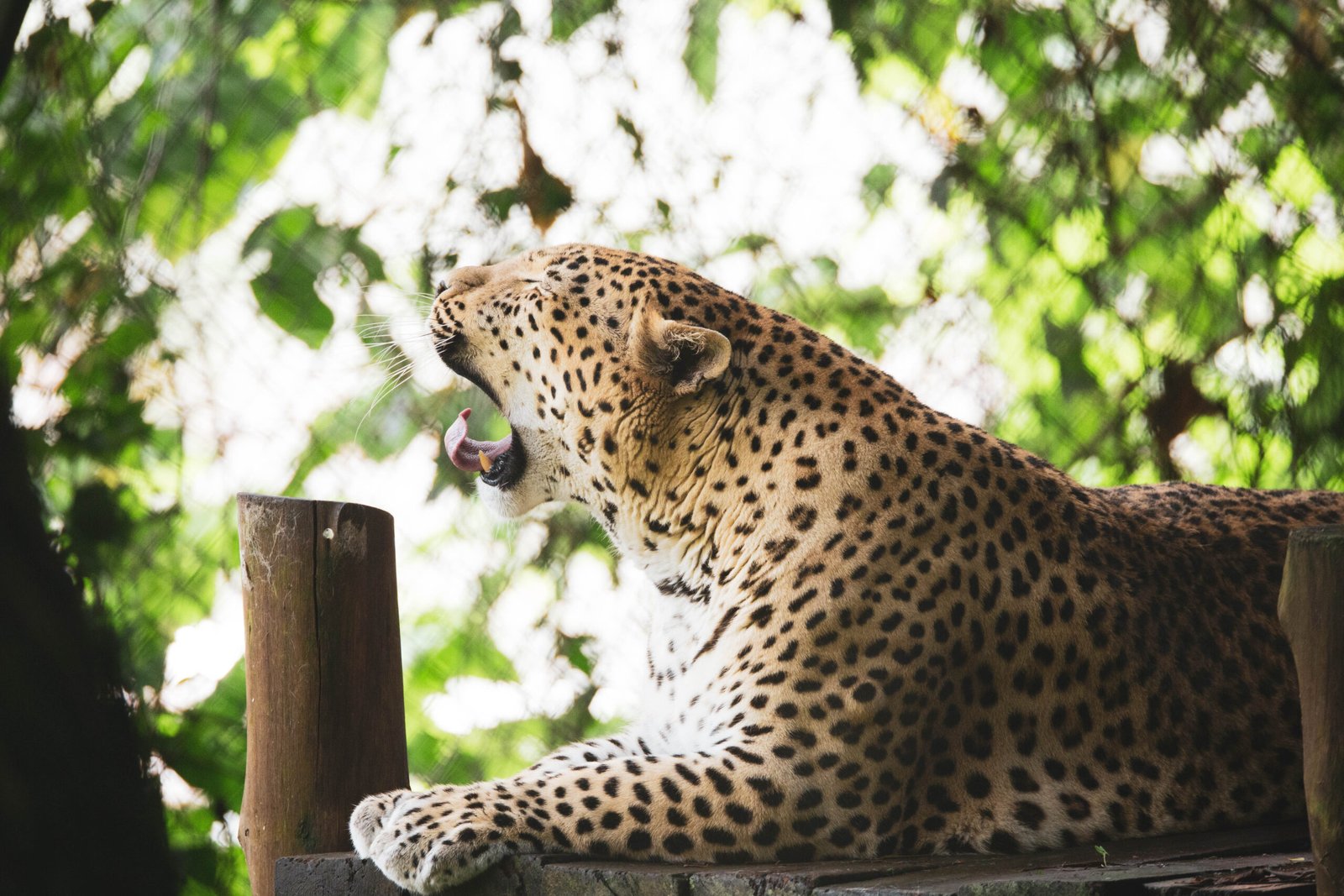
Unlike some of today’s big cats, Paramachaerodus likely lived and hunted alone. Solitude was its strength—it allowed this cat to become a master of its territory, moving quietly and efficiently without competition from others. For all their beauty and grace, cats have always prized independence. That solitary spirit, the ability to thrive on your own terms, is something we admire in our feline companions even now. There’s a quiet dignity in solitude—a sense of self-sufficiency that’s both inspiring and a little bit mysterious.
Whispers in Stone: Tracking the Ancient Cat

Every fossil tells a story, but finding those stories isn’t easy. Paramachaerodus left its tracks in scattered bones, teeth, and the occasional partial skeleton, buried deep in layers of ancient rock. These relics are hard-won, the result of painstaking excavation and careful study. When paleontologists uncover a saber-toothed jaw, it’s like unearthing a hidden chapter of the world’s greatest adventure novel. Each discovery brings a rush of excitement—a connection to a creature that once ruled the wild, unseen but never forgotten. The stones whisper if you listen closely enough.
The Voice of the Ancient Wild
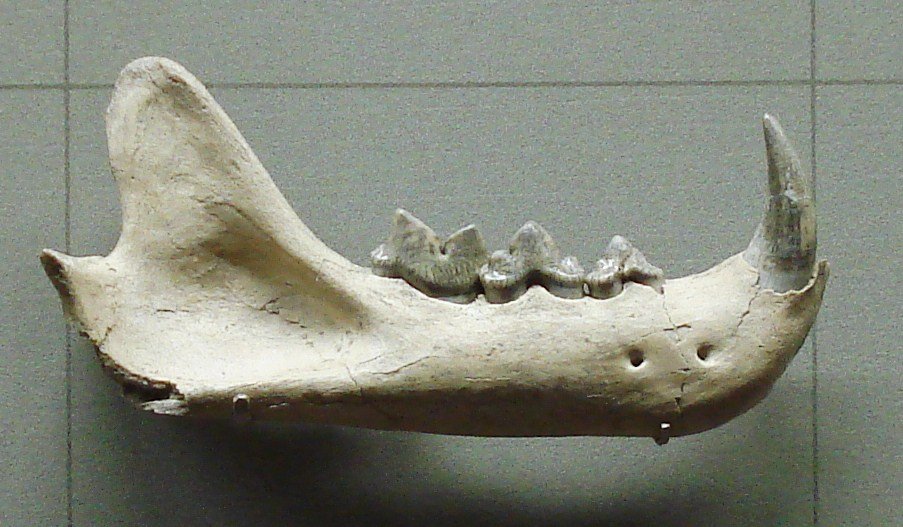
What did Paramachaerodus sound like? While we’ll never know for sure, it’s fun to imagine. Perhaps it growled softly to warn off rivals, or purred to calm its young. The sounds of the ancient wild are lost to time, but echoes remain in the voices of modern cats. When your cat chirps or yowls at the window, maybe it’s channeling a little piece of its saber-toothed ancestor. Those ancient songs remind us that the wild is never truly gone—it just lives on in new forms, waiting for us to listen.
Survival Against the Odds

Life in the Miocene wasn’t for the faint of heart. Droughts, competition, and changing landscapes meant that every day was a battle. Paramachaerodus survived through quick thinking, adaptability, and sheer willpower. Its story is one of perseverance—a reminder that even the fiercest creatures face hard times. When you see a cat basking in the sun, remember that comfort was once hard-won. Every nap is a tiny victory, a celebration of survival against the odds. There’s something deeply comforting in knowing that resilience is built into every feline heart.
The Tragic Beauty of Extinction
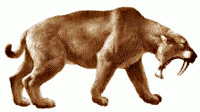
Like so many wonders of the ancient world, Paramachaerodus eventually faded away. Its specialized teeth and hunting style, so perfectly suited to one era, couldn’t keep up with a changing world. Extinction is a harsh teacher, but it’s also a reminder to cherish every living creature. The loss of this saber-toothed pioneer paved the way for new forms of life, each building on what came before. There’s a bittersweet beauty in that cycle—a promise that every ending is also a beginning, and that nothing is ever truly lost.
How Paramachaerodus Shaped Today’s Cats

The legacy of Paramachaerodus lives on in every cat we know. From the way they hunt to the subtle swagger in their walk, today’s felines carry the spirit of their saber-toothed ancestor. Evolution has softened their edges, but not their instincts. The playful pounce of a kitten, the focused gaze of a lion—these are echoes of a time when cats ruled the wild. Remembering Paramachaerodus helps us appreciate the depth and richness of the feline family tree, and the wildness that still flickers in their eyes.
Unexpected Connections: Cats and Us
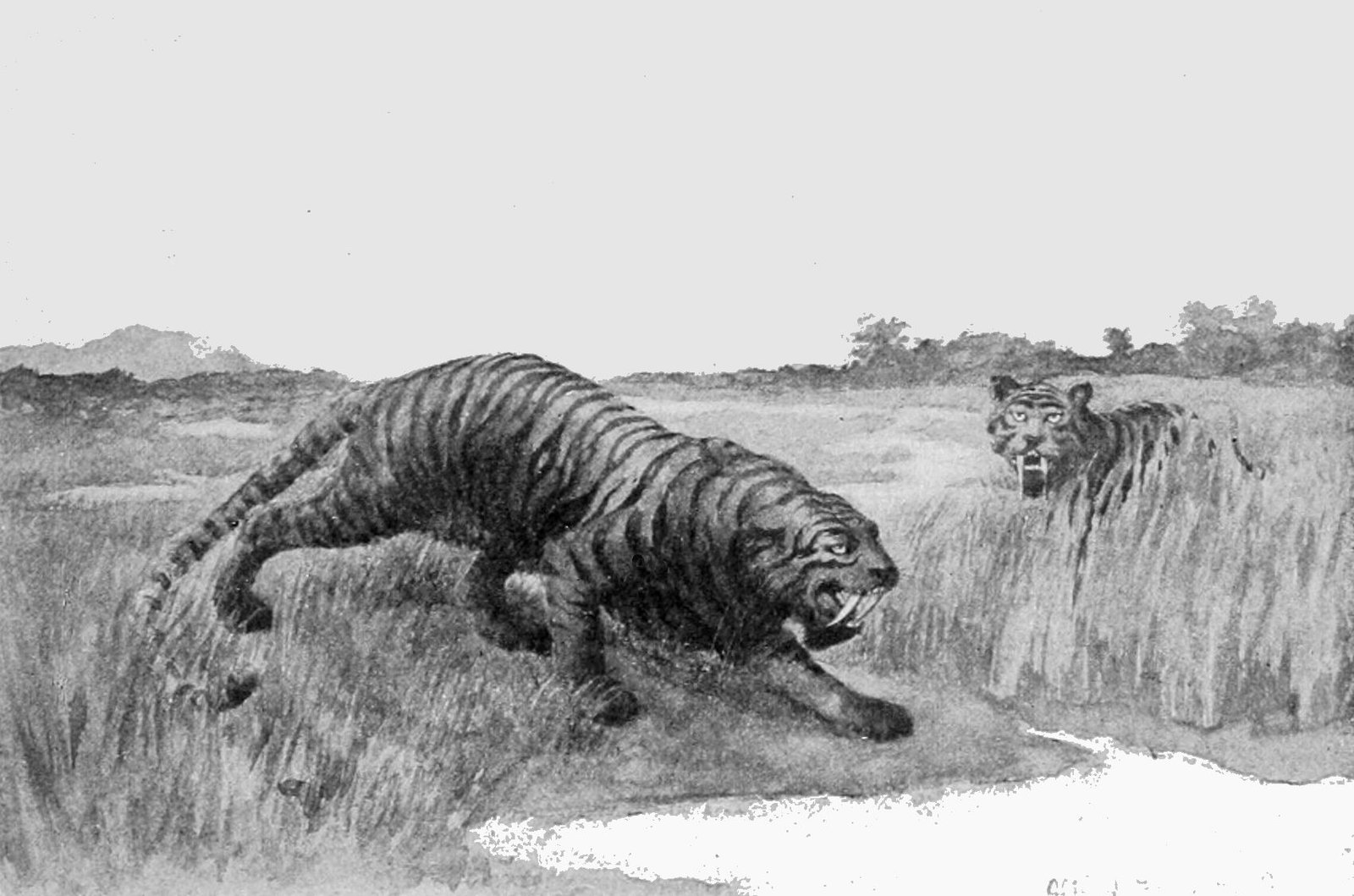
It’s easy to forget that our beloved pets are part of an ancient lineage. The house cat curled up on your couch shares a distant ancestor with the mighty Paramachaerodus. This connection bridges the gap between wild and tame, past and present. There’s something deeply moving about sharing your life with a creature whose story began millions of years ago. Every headbutt, every purr, is a living link to the wild heart of the saber-tooth. It’s a bond that inspires wonder—and a little bit of awe.
Echoes in Modern Conservation
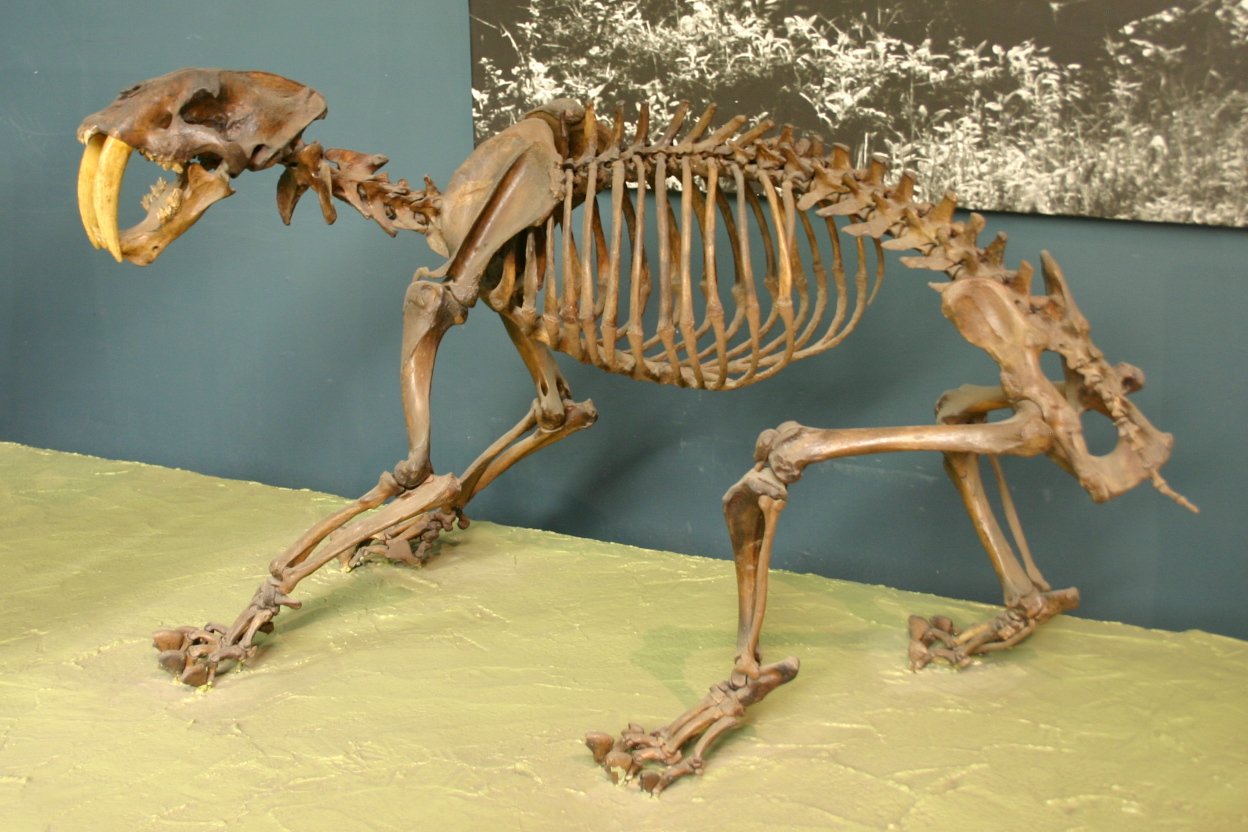
Learning about extinct cats like Paramachaerodus gives us perspective on the fragility of life. Many wild cats face threats today—from habitat loss to climate change. By studying the rise and fall of saber-toothed ancestors, we gain wisdom to help protect living species. Each conservation effort is a tribute to the cats that came before—a promise to honor their memory by saving their modern kin. It’s a journey that requires empathy, action, and hope. The story of Paramachaerodus is a reminder that every species matters, and every loss is felt deeply.
The Allure of Ancient Mysteries

There’s something irresistibly mysterious about ancient cats. Fossils hint at stories we may never fully know. What was it like to see Paramachaerodus in the wild, to watch it stalk through golden grass or vanish into shadow? These mysteries draw us in, sparking our imagination and fueling our love for all things feline. The unknown becomes a source of fascination—a puzzle we long to solve. Every glance at a cat’s eyes, every twitch of their tail, reminds us that some secrets are meant to be kept, adding to the magic of their story.
Paramachaerodus in Popular Imagination
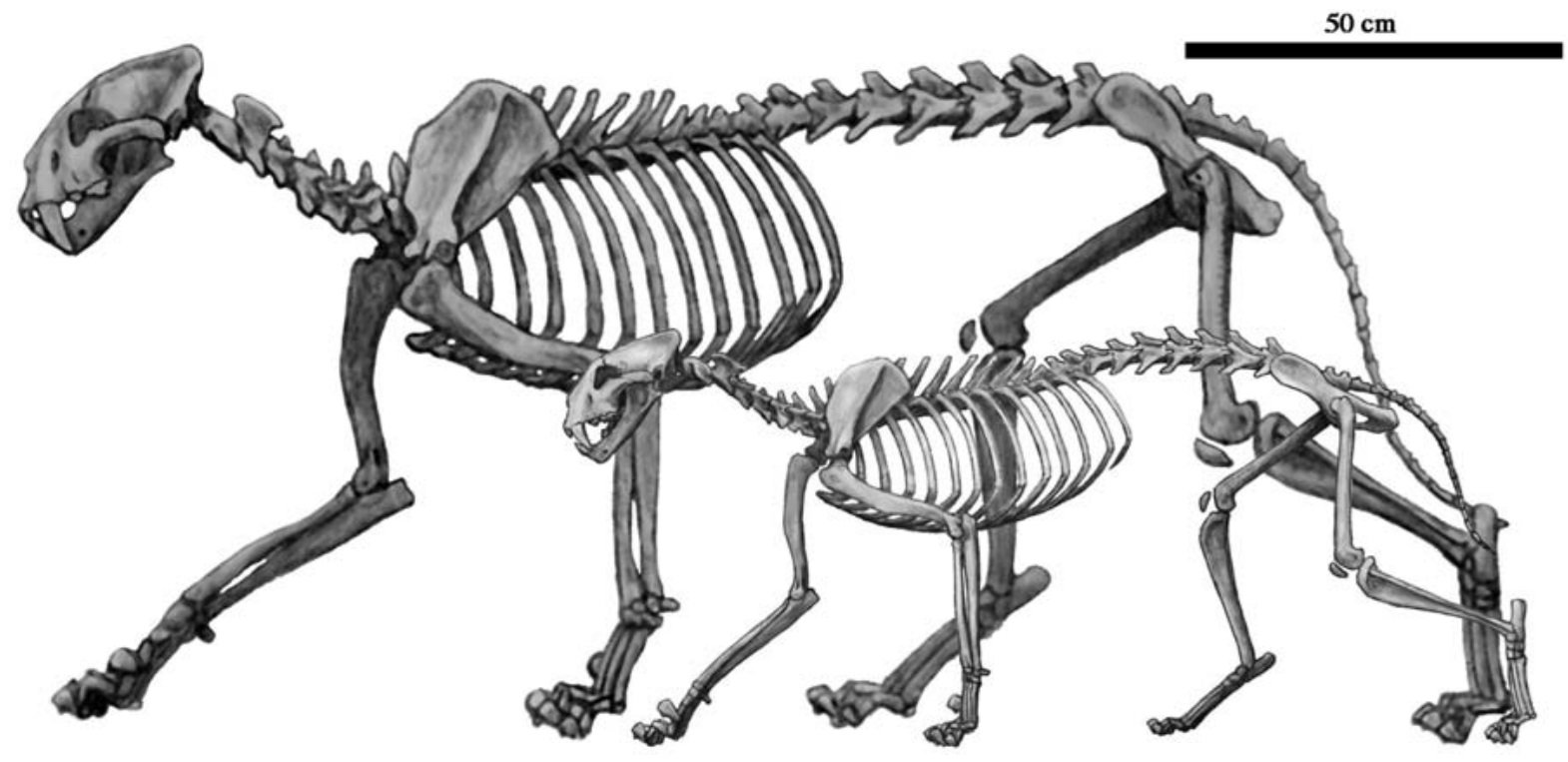
Though not as famous as Smilodon, Paramachaerodus has inspired artists, writers, and cat lovers alike. Its image appears in museum exhibits, illustrations, and even documentaries—each interpretation adding a new layer to its myth. The allure of saber-toothed cats never fades, and every glimpse of Paramachaerodus stirs a sense of wonder. It’s a testament to the power of imagination, and the deep connection humans feel to the wild. We long to know these ancient cats, to walk beside them in dreams. In our hearts, the prehistoric wild is never too far away.
Small Details, Big Impact

Sometimes it’s the little things that matter most. The tilt of a saber-toothed jaw, the curve of a fossilized claw—these tiny details unlock vast worlds. Scientists spend hours examining each fragment, piecing together the life of Paramachaerodus bit by bit. For cat lovers, these details are a reminder to appreciate the small wonders in our own lives: the softness of fur, the glint in a cat’s eye, the warmth of a purr. It’s proof that greatness doesn’t always roar; sometimes, it whispers.
The Enduring Spirit of the Wild

Paramachaerodus may be gone, but its spirit endures. Every leap, every stretch, every flash of feline grace is a tribute to the wildness that once ruled the earth. Our fascination with cats—big and small, ancient and modern—is rooted in their untamed beauty and fierce independence. The story of Paramachaerodus encourages us to celebrate that spirit, to find joy in the wildness that still lives within and around us. Sometimes, all it takes is a single cat to remind us of the magic in the world.
Conclusion
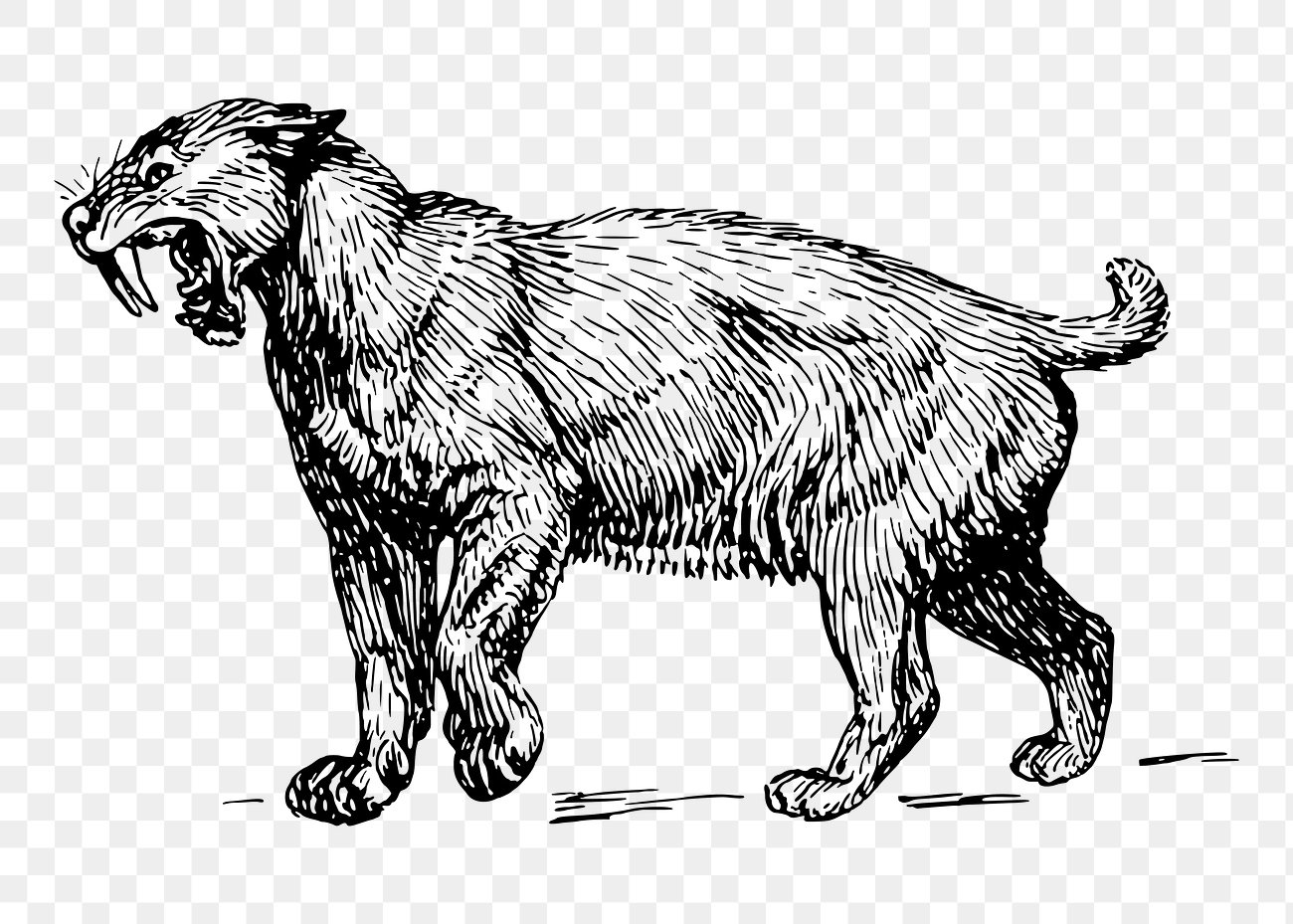
The tale of Paramachaerodus is more than a story of teeth and bones—it’s a celebration of resilience, mystery, and the enduring magic of cats. From ancient forests to our living rooms, the feline spirit has survived and thrived, adapting and inspiring awe at every turn. As we reflect on this saber-toothed pioneer, we’re reminded that every cat—no matter how tame—carries a spark of the wild. Their grace, courage, and beauty connect us to a distant past, inviting us to honor their legacy and protect their future. Isn’t it remarkable to think that the wild heart of Paramachaerodus still beats quietly beside us today?

Growing up traveling and experiencing new cultures and wonders, I have had a passion for nature, adventuring, photography, and videography. I am currently working towards a BSc in Biodiversity and Ecology at Stellenbosch University, and I hope to specialise in Marine Sciences one day.
Please send any feedback to Feedback@animalsaroundtheglobe.com






